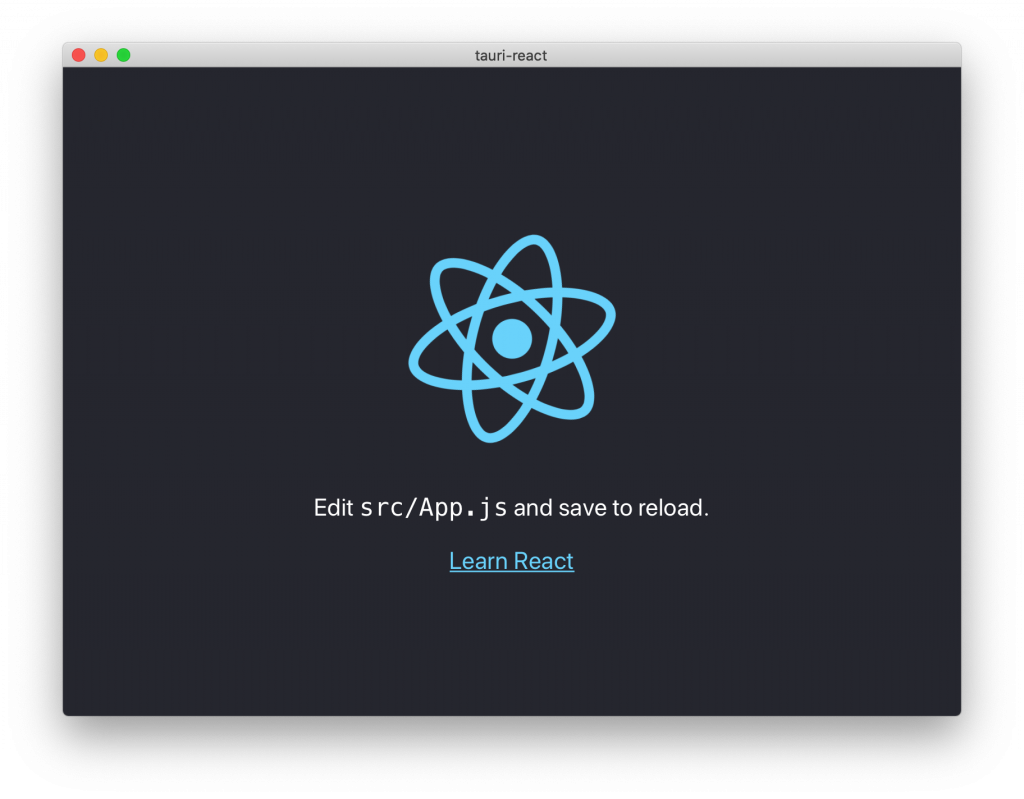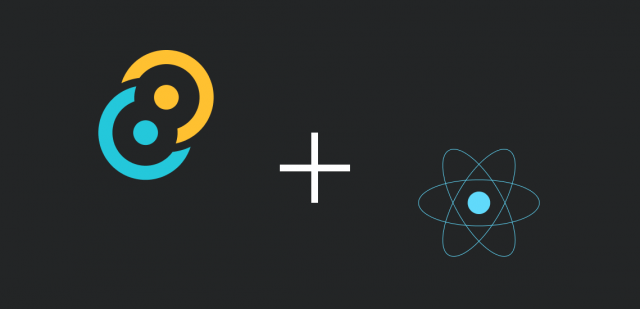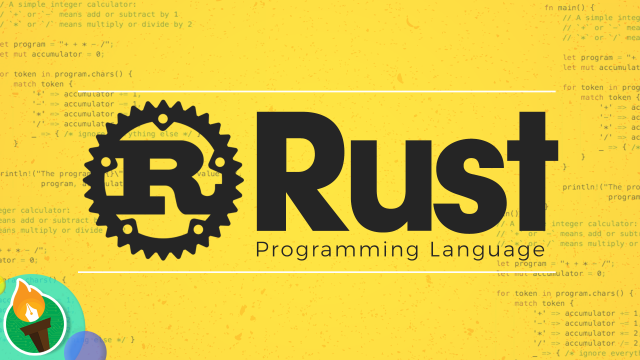原文:https://course.rs/basic/match-pattern/all-patterns.html
匹配字面值
let x = 1;
match x {
1 => println!("one"),
2 => println!("two"),
3 => println!("three"),
_ => println!("anything"),
}
匹配命名变量
fn main() {
let x = Some(5);
let y = 10;
match x {
Some(50) => println!("Got 50"),
Some(y) => println!("Matched, y = {:?}", y),
_ => println!("Default case, x = {:?}", x),
}
println!("at the end: x = {:?}, y = {:?}", x, y);
}
单分支多模式
let x = 1;
match x {
1 | 2 => println!("one or two"),
3 => println!("three"),
_ => println!("anything"),
}
通过序列 ..= 匹配值的范围
let x = 5;
match x {
1..=5 => println!("one through five"),
_ => println!("something else"),
}
let x = 'c';
match x {
'a'..='j' => println!("early ASCII letter"),
'k'..='z' => println!("late ASCII letter"),
_ => println!("something else"),
}
fn main() {
match_number(3);
}
fn match_number(n: i32) {
match n {
// 匹配一个单独的值
1 => println!("One!"),
// 使用 `|` 填空,不要使用 `..` 或 `..=`
2..=3| 4 | 5 => println!("match 2 -> 5"),
// 匹配一个闭区间的数值序列
6..=10 => {
println!("match 6 -> 10")
},
_ => {
println!("match 11 -> +infinite")
}
}
}
解构并分解值
解构结构体
struct Point {
x: i32,
y: i32,
}
fn main() {
let p = Point { x: 0, y: 7 };
let Point { x: a, y: b } = p;
assert_eq!(0, a);
assert_eq!(7, b);
}
fn main() {
let p = Point { x: 0, y: 7 };
match p {
Point { x, y: 0 } => println!("On the x axis at {}", x),
Point { x: 0, y } => println!("On the y axis at {}", y),
Point { x, y } => println!("On neither axis: ({}, {})", x, y),
}
}
解构枚举
enum Message {
Quit,
Move { x: i32, y: i32 },
Write(String),
ChangeColor(i32, i32, i32),
}
fn main() {
let msg = Message::ChangeColor(0, 160, 255);
match msg {
Message::Quit => {
println!("The Quit variant has no data to destructure.")
}
Message::Move { x, y } => {
println!(
"Move in the x direction {} and in the y direction {}",
x,
y
);
}
Message::Write(text) => println!("Text message: {}", text),
Message::ChangeColor(r, g, b) => {
println!(
"Change the color to red {}, green {}, and blue {}",
r,
g,
b
)
}
}
}
解构嵌套的结构体和枚举
enum Color {
Rgb(i32, i32, i32),
Hsv(i32, i32, i32),
}
enum Message {
Quit,
Move { x: i32, y: i32 },
Write(String),
ChangeColor(Color),
}
fn main() {
let msg = Message::ChangeColor(Color::Hsv(0, 160, 255));
match msg {
Message::ChangeColor(Color::Rgb(r, g, b)) => {
println!(
"Change the color to red {}, green {}, and blue {}",
r,
g,
b
)
}
Message::ChangeColor(Color::Hsv(h, s, v)) => {
println!(
"Change the color to hue {}, saturation {}, and value {}",
h,
s,
v
)
}
_ => ()
}
}
解构结构体和元组
#![allow(unused)]
fn main() {
struct Point {
x: i32,
y: i32,
}
let ((feet, inches), Point {x, y}) = ((3, 10), Point { x: 3, y: -10 });
}
忽略模式中的值
使用 _ 忽略整个值
fn foo(_: i32, y: i32) {
println!("This code only uses the y parameter: {}", y);
}
fn main() {
foo(3, 4);
}
使用嵌套的 _ 忽略部分值
#![allow(unused)]
fn main() {
let mut setting_value = Some(5);
let new_setting_value = Some(10);
match (setting_value, new_setting_value) {
(Some(_), Some(_)) => {
println!("Can't overwrite an existing customized value");
}
_ => {
setting_value = new_setting_value;
}
}
println!("setting is {:?}", setting_value);
}
let numbers = (2, 4, 8, 16, 32);
match numbers {
(first, _, third, _, fifth) => {
println!("Some numbers: {}, {}, {}", first, third, fifth)
},
}
用 .. 忽略剩余值
struct Point {
x: i32,
y: i32,
z: i32,
}
let origin = Point { x: 0, y: 0, z: 0 };
match origin {
Point { x, .. } => println!("x is {}", x),
}
用 .. 来忽略元组中间的某些值
fn main() {
let numbers = (2, 4, 8, 16, 32);
match numbers {
(first, .., last) => {
println!("Some numbers: {}, {}", first, last);
},
}
}
匹配守卫提供的额外条件
let num = Some(4);
match num {
Some(x) if x < 5 => println!("less than five: {}", x),
Some(x) => println!("{}", x),
None => (),
}
fn main() {
let x = Some(5);
let y = 10;
match x {
Some(50) => println!("Got 50"),
Some(n) if n == y => println!("Matched, n = {}", n),
_ => println!("Default case, x = {:?}", x),
}
println!("at the end: x = {:?}, y = {}", x, y);
}
let x = 4;
let y = false;
match x {
4 | 5 | 6 if y => println!("yes"),
_ => println!("no"),
}
@绑定
#![allow(unused)]
fn main() {
enum Message {
Hello { id: i32 },
}
let msg = Message::Hello { id: 5 };
match msg {
Message::Hello { id: id_variable @ 3..=7 } => {
println!("Found an id in range: {}", id_variable)
},
Message::Hello { id: 10..=12 } => {
println!("Found an id in another range")
},
Message::Hello { id } => {
println!("Found some other id: {}", id)
},
}
}
@前绑定后解构(Rust 1.56 新增)
#[derive(Debug)]
struct Point {
x: i32,
y: i32,
}
fn main() {
// 绑定新变量 `p`,同时对 `Point` 进行解构
let p @ Point {x: px, y: py } = Point {x: 10, y: 23};
println!("x: {}, y: {}", px, py);
println!("{:?}", p);
let point = Point {x: 10, y: 5};
if let p @ Point {x: 10, y} = point {
println!("x is 10 and y is {} in {:?}", y, p);
} else {
println!("x was not 10 :(");
}
}
fn main() {
match 1 {
num @ (1 | 2) => {
println!("{}", num);
}
_ => {}
}
}
struct Point {
x: i32,
y: i32,
}
fn main() {
// 填空,让 p 匹配第二个分支
let p = Point { x: 5, y: 10 };
match p {
Point { x, y: 0 } => println!("On the x axis at {}", x),
// 第二个分支
Point { x: 0..=5, y: y@ (10 | 20 | 30) } => println!("On the y axis at {}", y),
Point { x, y } => println!("On neither axis: ({}, {})", x, y),
}
}
fn main() {
let mut v = String::from("hello,");
let r = &mut v;
match r {
// The type of value is &mut String
value => value.push_str(" world!")
}
}


